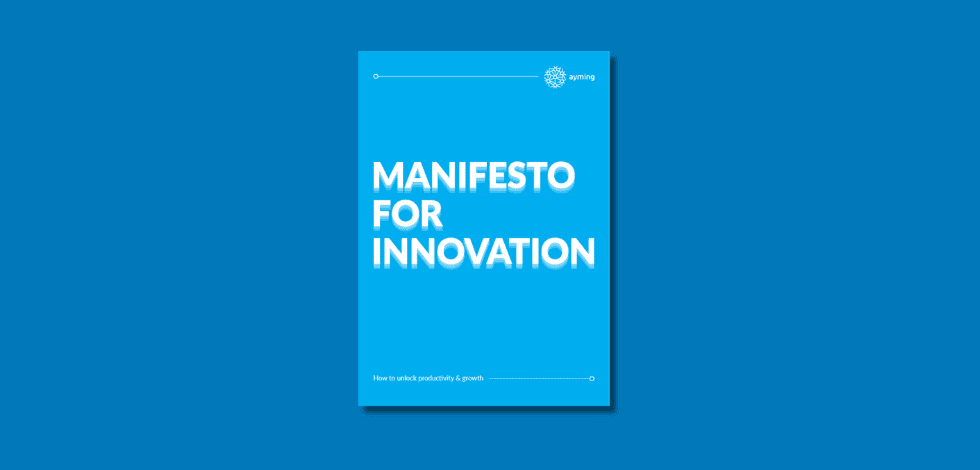Drones are seemingly ubiquitous; in the news, in the shops and used both by industry and consumers in the skies all over the UK. While there has been an explosion of interest, uptake and applications in the use of drones, they are still in their infancy when it comes to meeting their full potential. Research and development (R&D) in the sector is taking off too, as companies look to realise the commercial opportunities that drones present.
Early adopters of drone technology
The two biggest sectors that have become early adopters of drone technology are agriculture and civil engineering, where they are used to survey crops, buildings and major infrastructure. Surveying land for either agricultural or construction management has become relatively straightforward in recent years. However, working with buildings or civil structures presents new challenges, both from a visual capture perspective, such as creating 3D images from images rather than a 3D scanner, as well as the robotics needed to operate a drone autonomously, around complex structures like wind turbines.
Additionally, typical multi-rotor drones are exceedingly inefficient, leading to average flight times of less than 30 minutes. Therefore, research is being carried out to develop new technologies in order combine the VTOL capabilities of a multi-rotor and the high endurance of a fixed wing aircraft and break through the limitations of existing technology. The V22 Osprey military aircraft is a good example of this and in the next few years we expect to see more non-military examples entering the market.
Unmanned Traffic Management (UTM) and drones
In addition to software, robotics and autonomy, R&D is also taking place in the development of Unmanned Traffic Management (UTM), to enable high levels of autonomous air traffic and even swarming. This technology focuses on communication between multiple drones, the ground and other aircraft and aims to ensure that as drones proliferate, we are able to safely fly hundreds or thousands of them over our towns and cities.
All of these areas of research and development provide not only challenges, but opportunities too. The UK government supports both SMEs and large companies developing innovative projects or engaged in R&D. HMRC’s R&D Tax incentives are designed to provide financial benefits and for SMEs this can be up to 33p for every £1 of qualifying spend. For large companies the benefit is up to 9.7p for every £1 spent.
About the author
Nikhil Anand is a Senior Consultant, R&D Incentives at Ayming. He has a Master’s Degree in Aeronautical Engineering from Imperial College, London and has extensive experience in the development and application of drones, as well as advanced manufacturing technologies such as 3D printing.
- This article was first published in the July 2019 Newsletter of the Association of Remotely Piloted Aircraft Systems UK (ARPAS UK)












No Comments